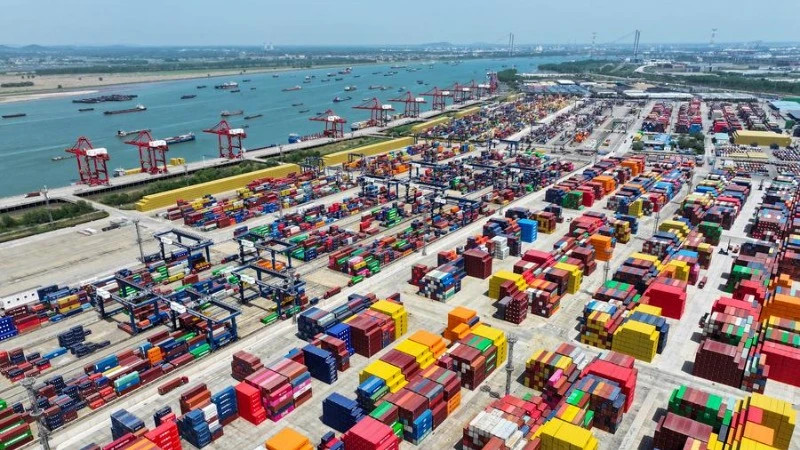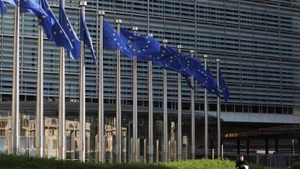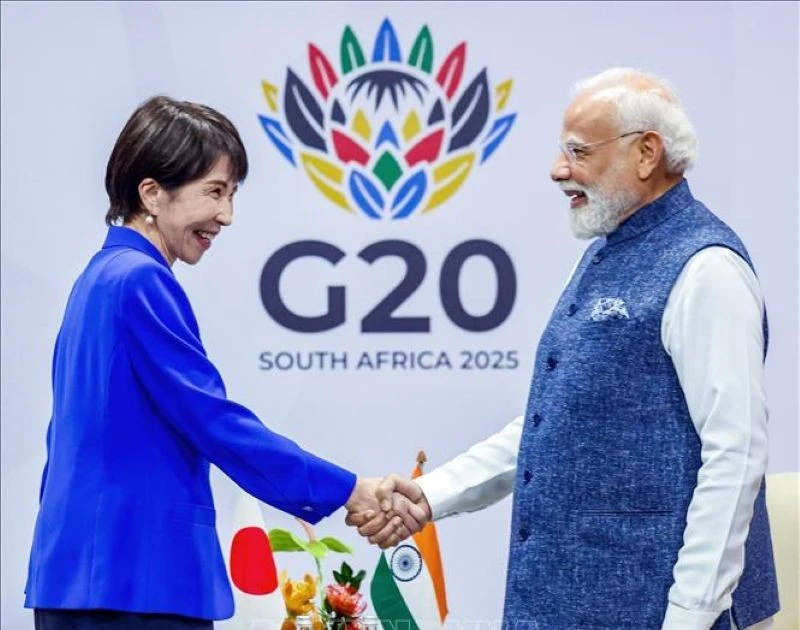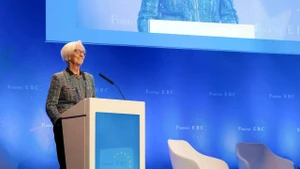A greyer outlook
Gita Gopinath, First Deputy Managing Director of the International Monetary Fund (IMF), has warned that the US’s fiscal situation poses serious risks to its long-term growth. She highlighted the nation’s large fiscal deficit and mounting public debt and urged Washington to address these issues promptly.
Despite some positives, such as the rollback of tariffs on Chinese goods and a new trade agreement with the UK, the US remains hampered by persistent trade policy uncertainty.
In April, the IMF downgraded its growth forecast for the US due to tariff impacts and cautioned that continued trade tensions could further dampen economic recovery. While reduced average tariff rates are a welcome sign, considerable uncertainty persists.
Concerns about US’s long-term outlook have been amplified by credit rating agency Moody’s, which recently downgraded the US credit rating from AAA to AA1, citing fears over the federal debt nearing 36 trillion USD. Moody’s warned that the lack of consensus between the US Government and Congress on curbing the large deficit and rising interest costs poses financial stability risks.
Moody’s noted that government debt has been growing for over a decade and that interest payments are significantly higher than in similarly rated economies. Nonetheless, it revised the US economic outlook from negative to stable, citing the country’s enduring credit strength, resilience, and the global reserve status of the US dollar.
Similarly muted prospects are seen across the Asia-Pacific Economic Cooperation (APEC) bloc, which includes 21 member economies. The region is projected to grow just 2.6% in 2025 and 2.7% in 2026 — down from 3.6% in 2024. Exports are forecast to rise by a mere 0.4% in 2025, compared with 5.7% in the previous year. Analysts attribute this slowdown to rising trade disputes, protectionism, and supply chain shifts, all of which are eroding consumer demand and investor confidence.
Japan’s economy is also facing headwinds. Official data from the Cabinet Office shows that GDP contracted by 0.7% year on year in the first quarter of 2025 — the first decline since the first quarter of 2024. This was primarily due to weak consumer spending amid high inflation and a sharp rise in imports. Although household consumption, accounting for over half of Japan’s GDP, increased for the fourth straight quarter, the 0.04% growth was modest as inflation continued to outpace wage gains. Exports fell 0.6%, while imports surged 2.9%, driven by aircraft purchases and online advertising payments.
Brighter spots in China and the EU
In contrast, China and the EU have shown more resilience amid global uncertainty. China’s National Bureau of Statistics reported steady macroeconomic performance supported by coordinated policies. Industrial output — especially in high-tech and equipment manufacturing — saw year-on-year growth of 6.1% in April. The services sector also expanded, with the services production index rising 6%.
Retail sales reached 3.72 trillion yuan (509.2 billion USD), a 5.1% increase. Foreign trade climbed by 5.6% in April, reaching a total value of 3.84 trillion yuan, with further improvements in trade structure.
In Europe, the EU Spring 2025 Economic Forecast released on May 19 projected moderate growth for 2025, with a clearer acceleration in 2026. EU GDP is expected to rise by 1.1% in 2025 and 1.5% in 2026. Notably, the bloc’s GDP grew 0.4% in 2024, exceeding expectations thanks to robust domestic demand. This momentum continued into the first quarter of 2025, with estimated growth of 0.3%.
However, the full-year 2025 forecast was revised downward due to global trade slowdown fears and rising geopolitical risks. European Commissioner for Economy Valdis Dombrovskis underscored the EU’s resilience in the face of escalating trade tensions and global instability.
According to the European Commission, global trade fragmentation, geopolitical tensions, and climate change remain significant risks. However, easing US-EU trade tensions or advancing new free trade agreements could help broaden markets for EU goods and services.
Furthermore, increased defence spending and reforms aimed at boosting competitiveness are expected to generate positive effects. Accelerating such reforms will be key to helping the EU navigate turbulent waters and achieve long-term, sustainable growth.
















